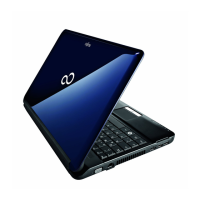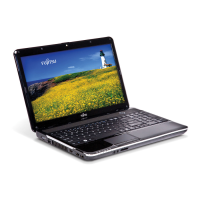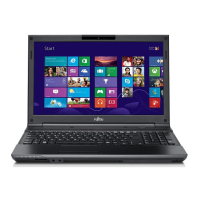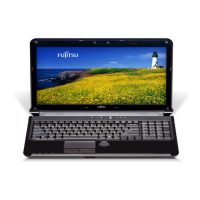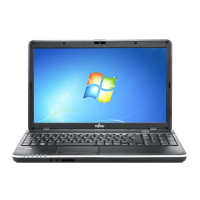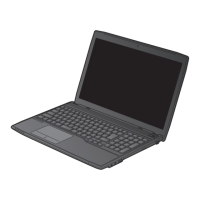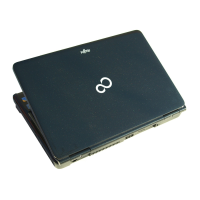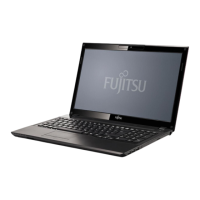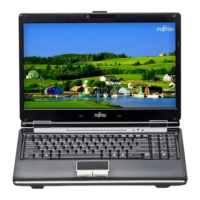What to do if ExpressCard is inserted but does not work on Fujitsu Lifebook AH530?
- JjoshuawhiteSep 10, 2025
To resolve the issue of an ExpressCard that is inserted but does not work or is locking up the system on your Fujitsu Laptop, remove and re-install the card.
